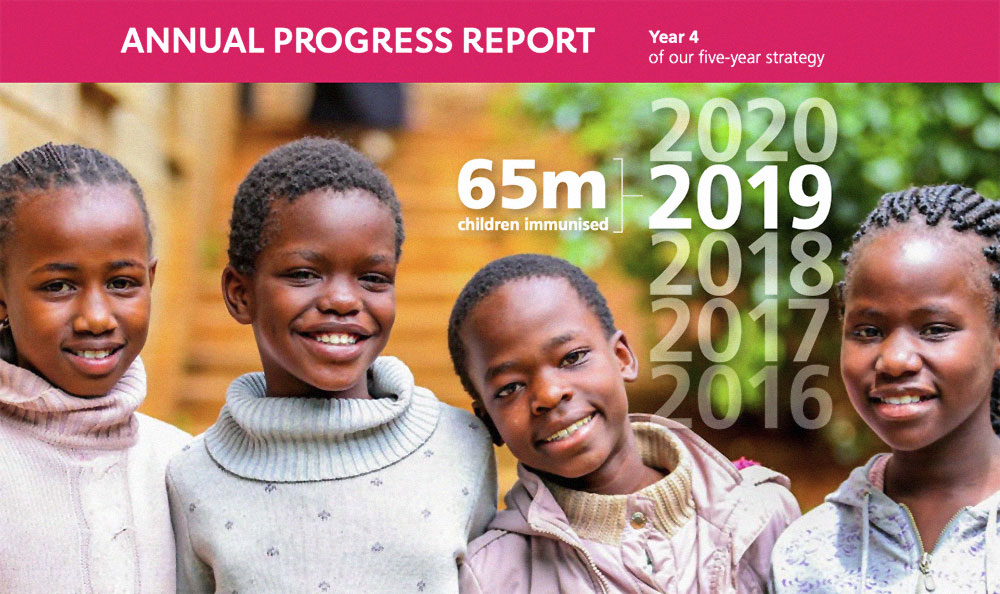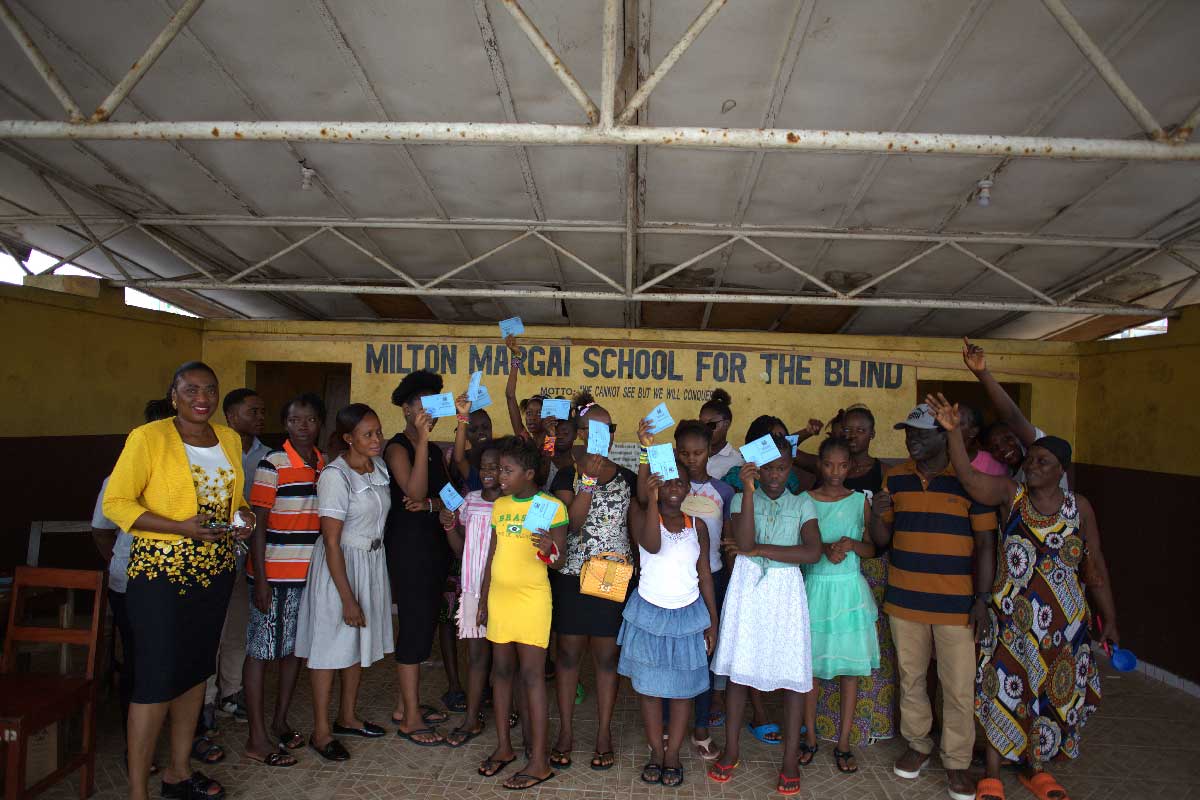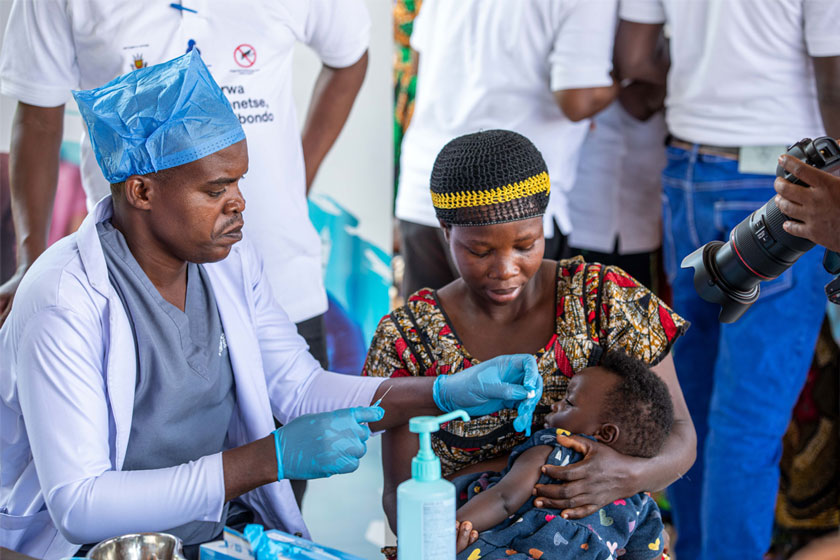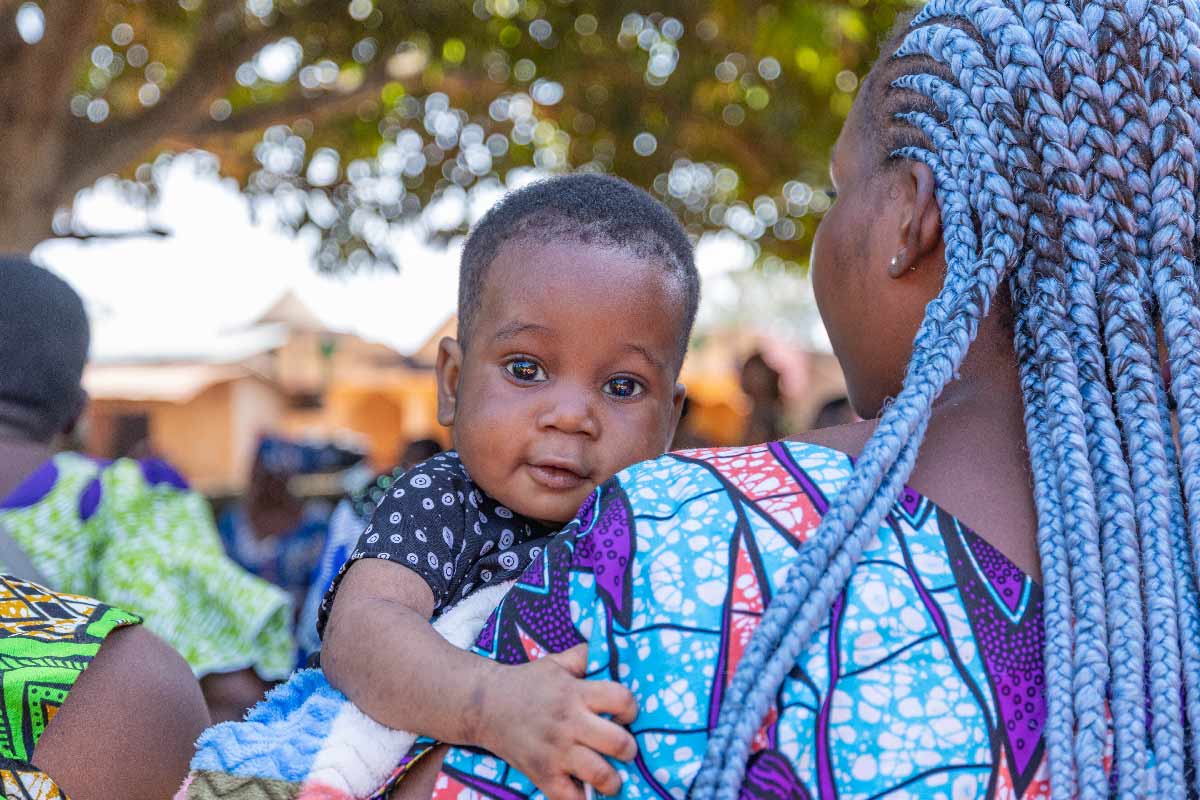How health systems work and why they matter
Supporting health systems is essential for Gavi’s work to improve immunisation coverage and equity.
- 22 September 2020
- 2 min read
- by Gavi Staff
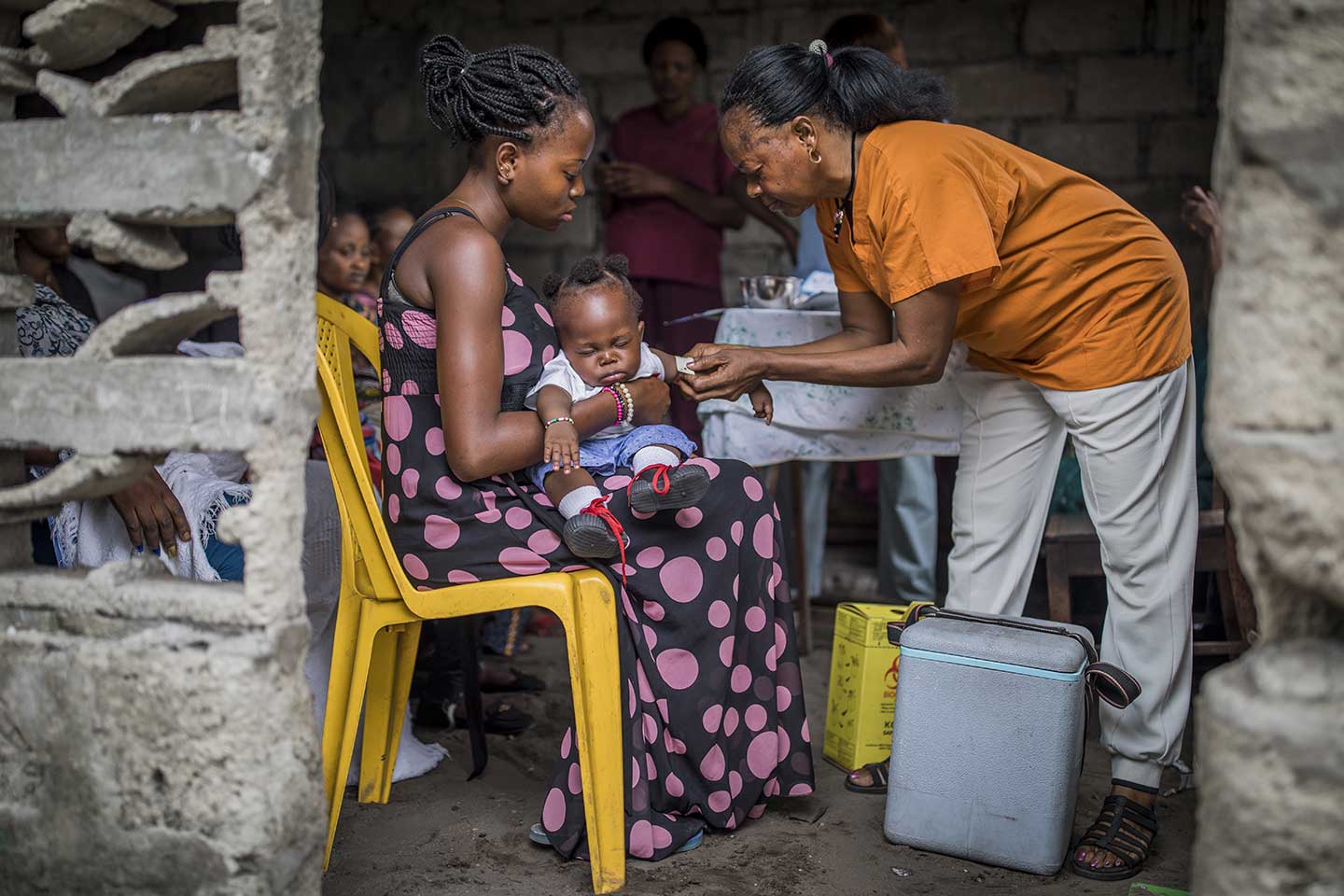
Despite the fact that over 50% more children were immunised in Gavi countries in 2019 than in 2000 (and over 3.5 million more than in 2015), there remain 10.6 million children who have not yet been reached with a single dose of diphtheria-tetanus-pertussis-containing vaccine – our measurement for “zero-dose” children, who are still not receiving even the first dose of basic vaccinations. Meanwhile, another 4.6 million who receive the first dose do not receive the full course of three doses. Extending supply chains, service delivery infrastructure, data systems and community engagement to regularly reach these children will be critical to achieving universal immunisation – which can be a platform for the global goal of Universal Health Coverage by 2030.
The bulk of our investment in health system strengthening (HSS) is directed towards improving coverage and equity through key strategic focus areas:
Data and information systems
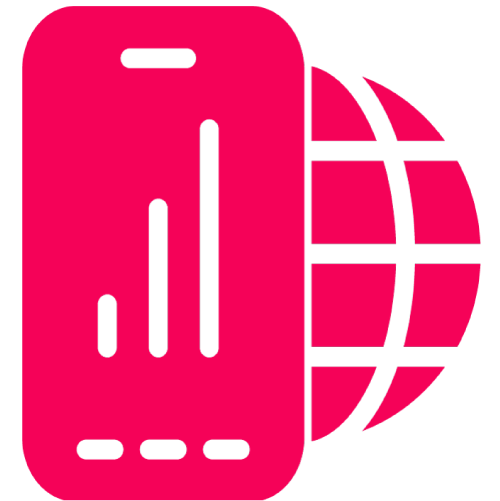
Timely, good-quality immunisation coverage data is vital for countries to plan and monitor their immunisation programmes effectively.
Demand promotion

Ensuring sustainable demand for immunisation is only possible when communities and caregivers trust and understand the safety, efficacy and benefits of vaccines, and have access to reliable, quality immunisation services.
Immunisation supply chain
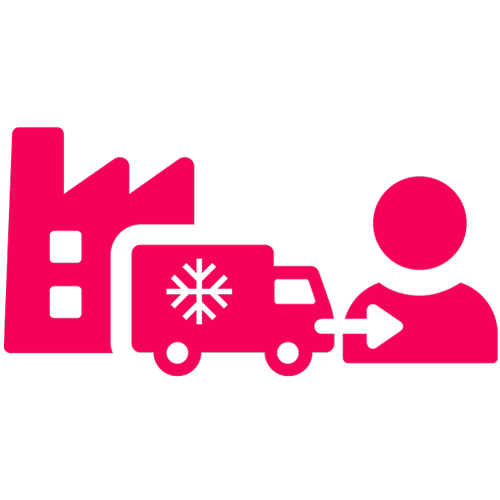
The immunisation supply chain encompasses all the people, activities, infrastructure and planning necessary to ensure that vaccines stay safe and effective and reach the children who need them.
Management & coordination

High-performing immunisation programmes are led by strong EPI teams, overseen by robust governance forums and supported by effective technical advisory groups.
The best vaccine is only effective once it has been safely delivered to a health worker and administered to a child.
As populations grow and countries introduce new vaccines to protect against diseases in childhood and later in life, the demands on health systems become ever more complex.
Gavi support is increasingly targeted towards the areas of greatest need. For example, more than 75% of our HSS grants now include programming focused on areas with low coverage, under-served and marginalised populations, and concentrations of children who have never received a vaccine.
Read more about how Gavi has accelerated equitable uptake and coverage of vaccines in Gavi’s 2019 Annual Progress Report.
